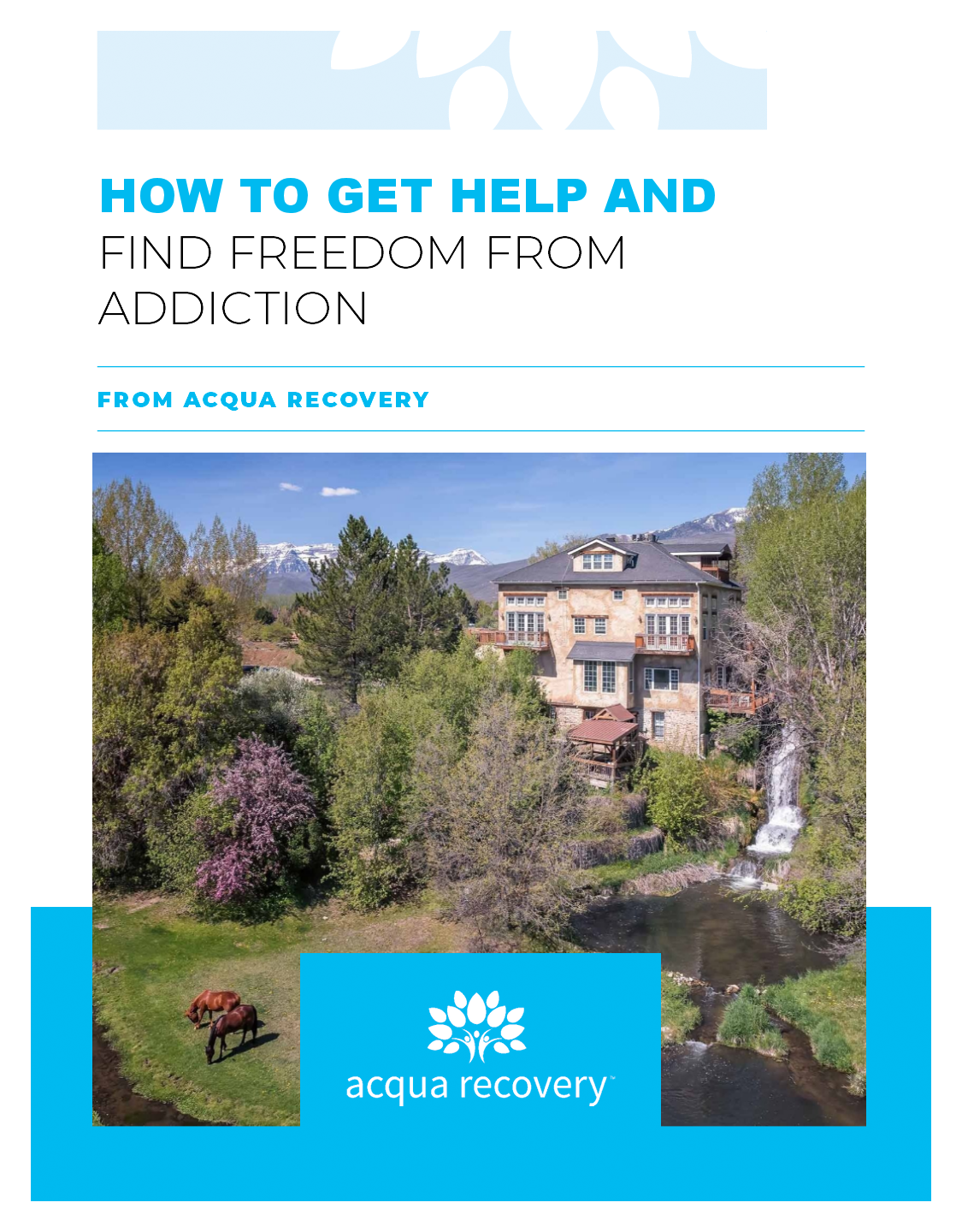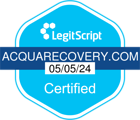In the realm of pain relief, two medications frequently discussed with healthcare providers are hydrocodone and oxycodone. These drugs are popular for their effective discomfort alleviation. However, despite their shared pain-reducing goal, they have distinct differences worth examining.
Understanding the mechanisms of action, potential side effects, and risk of dependency associated with these medications is essential when considering them. This knowledge enables informed decisions in pain management. Moreover, grasping the pharmacological variances between hydrocodone and oxycodone empowers individuals to have meaningful discussions with their healthcare providers. This, in turn, facilitates the creation of personalized treatment plans tailored to individual needs. Let’s delve deeper into these aspects to gain a comprehensive understanding of hydrocodone and oxycodone and their respective roles in pain management.
How Are Hydrocodone and Oxycodone Different?

Hydrocodone and oxycodone are both semi-synthetic opioids classified as Schedule II drugs used for pain relief. They work by binding to opioid receptors in the brain and spinal cord, reducing the perception of pain. However, they exhibit important differences in potency, metabolism, formulation, and potential for abuse.
Hydrocodone, derived from codeine and thebaine, is classified as an opioid analgesic. It is frequently combined with acetaminophen or ibuprofen to enhance its pain-relieving effects. The combination with non-opioid analgesics aims to provide synergistic pain relief while minimizing opioid-related side effects. Hydrocodone acetaminophen is commonly known by the brand names Lortab®, Norco®, and Vicodin®.
Oxycodone, synthesized from thebaine, a compound found in opium, shares the opioid analgesic classification with hydrocodone. Like hydrocodone, it is often formulated with acetaminophen or other non-opioid pain relievers to optimize pain management.
Hydrocodone and oxycodone are both powerful opioid pain medications used to treat moderate-to-severe pain. They work by binding to opioid receptors in the brain and spinal cord, decreasing the perception of pain. Here are some common medical uses for each:
- Pain management: Oxycodone is also used to alleviate moderate to severe pain caused by various conditions, including injuries, surgeries, cancer, and chronic conditions like arthritis or neuropathy.
- Chronic pain: In some cases, oxycodone may be prescribed for long-term pain management when other, less potent pain medications are ineffective.
Both hydrocodone and oxycodone are potent opioids with a high risk of addiction, dependence, and overdose. They should only be used under the supervision of a healthcare professional and according to their prescribed dosage and duration. Misuse or abuse of these medications can lead to serious health consequences, including respiratory depression, addiction, and death.
As per the FDA, combining hydrocodone or oxycodone with acetaminophen increases the risk of liver damage and overdose compared to taking each opioid alone.
Oxycodone is generally considered to be more potent than hydrocodone. This means that a smaller dose of oxycodone is typically needed to achieve the same level of pain relief as a larger dose of hydrocodone.
The potency difference between hydrocodone and oxycodone can vary depending on factors such as individual tolerance, metabolism, and route of administration. However, in general, oxycodone is estimated to be about 1.5 to 2 times more potent than hydrocodone.
Hydrocodone is commonly available in combination products such as Vicodin (hydrocodone/acetaminophen) and Norco (hydrocodone/acetaminophen), offered in various strengths. These combination formulations provide both opioid and non-opioid analgesic effects, catering to a wide range of pain severity.
Oxycodone is available in immediate-release formulations like Percocet (oxycodone/acetaminophen) and extended-release formulations like OxyContin. The availability of both immediate and extended-release formulations allows healthcare providers to tailor treatment regimens to individual patient needs, considering factors such as pain intensity and duration.
One major difference between hydrocodone and oxycodone is the side effects they cause. Hydrocodone often makes people tired, while oxycodone commonly causes constipation.
Typical side effects associated with both hydrocodone and oxycodone may include:
- Drowsiness: Both drugs can cause drowsiness, impairing your ability to safely drive or operate machinery.
- Nausea and vomiting: Opioids often cause nausea and may lead to vomiting in some individuals.
- Constipation: Opioids can slow down bowel movements, leading to constipation.
- Dizziness: Feeling dizzy or lightheaded is a common side effect of these medications.
- Respiratory depression: In high doses, opioids can suppress breathing, which can be dangerous.
- Itching: Some people experience itching or hives as a side effect of opioid use.
- Headache: Headaches are a relatively common side effect of opioid medications.
- Sedation: Opioids can cause a feeling of sedation or relaxation.
- Dry mouth: Opioids may lead to a dry mouth or decreased saliva production.
- Sweating: Excessive sweating can occur as a side effect of opioid use.
It’s important to note that these are not the only possible side effects, and some individuals may experience different or more severe reactions. Always talk to your healthcare provider about any concerns or side effects you may be experiencing while taking these medications.
The risk of dependence and addiction to opioids is a significant concern with both hydrocodone and oxycodone, as they are powerful opioid medications.
Dependence
Dependence occurs when the body adapts to the presence of the opioid and requires it to function normally. Individuals may develop tolerance with prolonged use, needing higher doses to achieve the same effect. If someone becomes dependent on hydrocodone or oxycodone, they may experience withdrawal symptoms if they suddenly stop taking the medication or reduce their dose. Withdrawal symptoms can include nausea, vomiting, diarrhea, sweating, anxiety, agitation, and muscle aches.
Addiction
Addiction is a complex condition characterized by compulsive drug-seeking behavior despite harmful consequences. Opioids like hydrocodone and oxycodone can lead to addiction due to their effects on the brain’s reward system. Factors such as genetic predisposition, mental health issues, trauma, and environmental influences can contribute to the development of addiction. Addiction can have devastating effects on an individual’s life, relationships, and overall well-being.
Both dependence and addiction can occur even when opioids are taken as prescribed, but the risk increases with misuse or overuse. It’s crucial for individuals using hydrocodone vs. oxycodone to communicate openly with their healthcare provider about their pain management needs and any concerns about dependence or addiction.
Both hydrocodone and oxycodone can interact with other medications, particularly central nervous system depressants such as benzodiazepines. Concurrent use of these medications can potentiate respiratory depression and increase the risk of overdose. Healthcare providers should conduct thorough medication reviews and educate patients about the potential risks of drug interactions. Additionally, patients should be encouraged to inform their healthcare provider about all medications, including over-the-counter and herbal supplements, to mitigate the risk of adverse interactions.
What Are the Treatment Options for Drug Addiction in Utah?
There are several treatment options available for drug addiction issues, particularly for hydrocodone and oxycodone, in Utah. These options typically include:
Many treatment centers offer detox programs to help individuals safely withdraw from drugs or alcohol under medical supervision. These programs aim to manage withdrawal symptoms and ensure the safety and comfort of the individual.
Inpatient rehab programs provide intensive treatment in a residential setting. Individuals reside at the treatment facility for a specified period, typically ranging from 28 days to several months. These programs offer structured therapy, counseling, education, and support to address addiction issues.
Outpatient treatment programs allow individuals to receive therapy and support while living at home. These programs are suitable for those who do not require 24-hour care or have completed an inpatient program but still need ongoing support.
MAT combines medication with counseling and behavioral therapies to treat substance use disorders. Medications such as methadone, buprenorphine, or naltrexone may be used to manage cravings and withdrawal symptoms, particularly for opioid addiction.
Individual therapy, group therapy, and family therapy are essential components of addiction treatment. These modalities help individuals address underlying issues, develop coping skills, and rebuild relationships affected by addiction.
Support groups like Alcoholics Anonymous (AA) or Narcotics Anonymous (NA) provide a supportive community for individuals in recovery. These groups offer peer support, accountability, and a safe space to share experiences and challenges.
Some treatment centers in Utah may offer holistic approaches such as yoga, meditation, art therapy, or acupuncture to complement traditional therapies and promote overall well-being.
After completing a formal treatment program, individuals may benefit from participating in aftercare programs. These programs provide ongoing support, counseling, and resources to help individuals maintain sobriety and prevent relapse.
At Acqua Recovery, we understand the complexities of addiction and are dedicated to providing comprehensive treatment options tailored to each individual’s needs. Whether you’re struggling with hydrocodone, oxycodone, or any other substance, we are here to help you detox safely, address underlying issues, and develop the skills necessary for long-term sobriety.

If you’re ready to take the first step towards a life free from addiction, contact us today. Our compassionate team is here to guide you on your journey to recovery!











